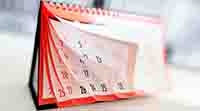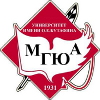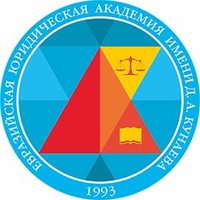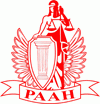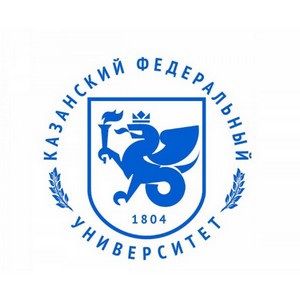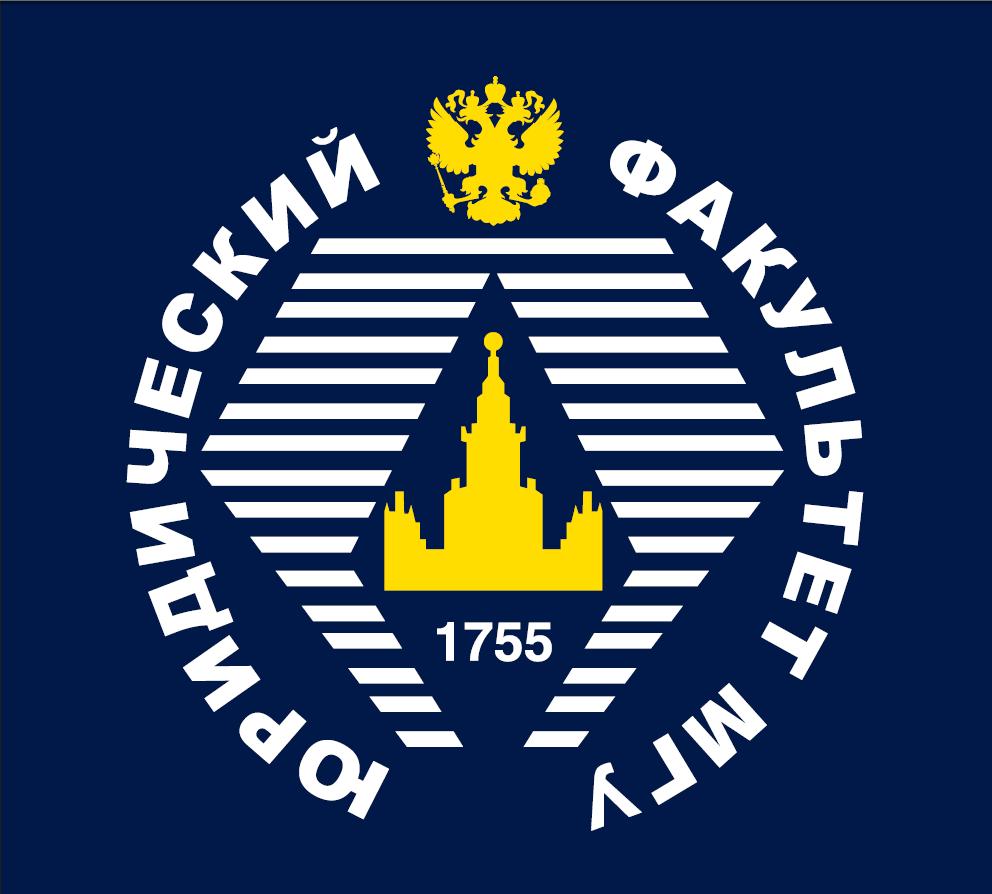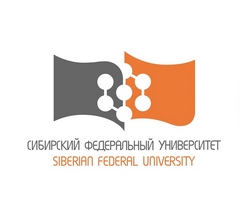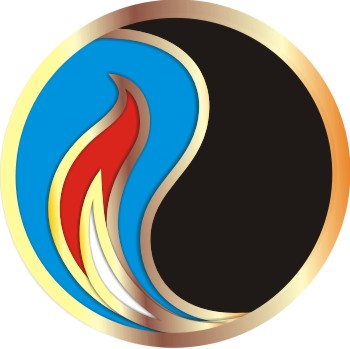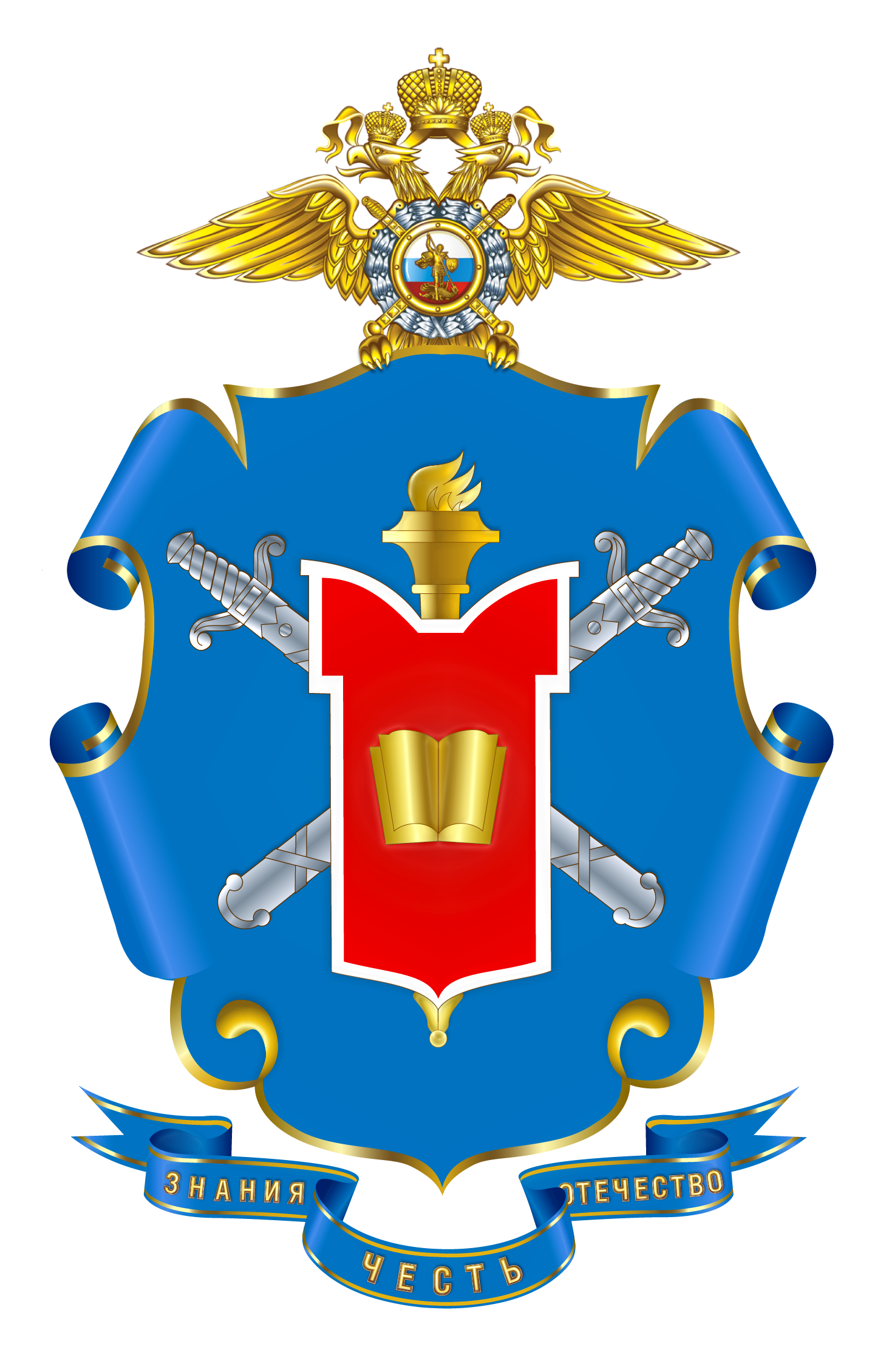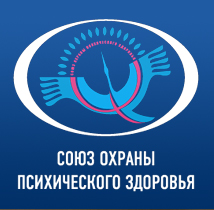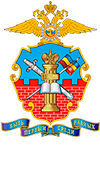Ernesto Guevara was born on 14 June 1928 in Rosario, Argentina. He was the eldest of five children in an architect family. Despite suffering crippling bouts of acute asthma that were to afflict him throughout his life, he excelled as an athlete, enjoying swimming, football, golf, and shooting, while also becoming an ‘untiring’ cyclist. However, his family moved to Córdoba – to a province with a better climate.
Ernesto Che guevaro received his early education at home. He continued his studies at the college of Córdoba and then entered the University of Buenos Aires in 1946. There he trained as a surgeon. In the same period, he continued to travel: Northern Argentina in 1948; Trinidad and Tobago in 1950; Chile, Peru, Colombia and Venezuelain 1952.
After graduating from University in 1953, Guevara worked as a doctor and then went on a second trip to Latin America. First he visited Costa Rica, where he first heard about Fidel Castro from Cuban political emigrants. He went then to Guatemala, where the United States organized a military intervention in 1954. Ernesto became convinced that a revolution cannot be made without shooting. Che tried to organize a resistance. However, the pro-American government outlawed the budding revolutionary. He had to go into hiding.
Che Guevara moved to Mexico City, where he worked as a doctor again. Here, in 1955, he met the Castro brothers. The brothers were developing a plan to overthrow the Batista’s dictatorship in Cuba to take control of the country. Ernesto became interested in their ideas and joined the revolutionary unit. In a training camp near Mexico City, he learned the military arts. At that very time he got the nickname ‘el Che’ from his new friends.
On 25 November 1956, the revolutionaries sailed on the Granma yacht to Cuba, where Guevara took an active part in the national liberation revolution. In Cuba, he conducted many successful military operations and was promoted to major in the rebel armyin 1957. His detachment, consisting of a hundred partisans, smashed Batista’s army with battalions. The glory of outstanding military successes ran ahead of the commander; by the end of the war he was already famous all over the world.
After the victory of the Cuban revolution in 1959, Che Guevara was declared a citizen of Cuba by presidential decree. Soon he became the second person in the new government after Fidel. First, as an Ambassador-at-large with the powers of Vice-President, he visited many countries of the world, including the USSR, to establish international relations. Then he was appointed Head of the Department of Industry of the National Institute for Agrarian Reform (INRA), Head of the National Bank of Cuba and in 1961 – Minister of Industry. With virtually no experience in public administration and economics, Che was able to study and improve the situation in the areas entrusted to him in the shortest possible time.
But gradually, relations between Che Guevara and Castro began to deteriorate due to Che’s public statements about the USSR. From the stands, the Comandante denounced the CPSU as an accomplice to imperialist exploitation. He was also sure that the USSR ‘was selling its aid to popular revolutions’ based on its own selfish interests. Moreover, he was most interested in the revolutionary movement all over the world, of which he aspired to be the main inspiration. Che had always been a revolutionary at heart.
Therefore, in 1965, at his own request, he renounced his Cuban citizenship, all positions and ranks and went to the Republic of the Congo, where the fighting were continuing at that time. There, Guevara was involved in the training François Lumumba’s partisans to overthrow the government but the campaign failed. After minor fighting, he left the Congo without receiving support from the local population.
In 1967, Che Guevara led a guerrilla group to liberate Bolivia. At the very beginning, things were going well, several victories were won over government troops. But soon the Bolivian regime called for the help of American intelligence services and their detachment was uncovered. During the battle in the Yuro Ravine, many of Che’s fighters were killed and he was wounded and captured on 8 October 1967.
The next day, 9 October 1967, the last revolutionary of the 20th century, Ernesto Che Guevara, was shot by American ‘Rangers’ in the city of La Higuera (Bolivia). His body was demonstrated to the public and then taken to an unknown destination.
The burial site was kept secret for almost three decades. Only in 1997, it became possible to find and identify the remains of the legendary Comandante and six of his associates (they were buried in a mass grave, razed to the ground and filled with asphalt at the Vallegrande airstrip near the village of Valle Grande), after which they were transported to Cuba and solemnly reburied with military honours in a specially built mausoleum in the city of Santa Clara. Che Guevara left behind several writings and diaries.
Translated by Elizaveta Ovchinnikova



